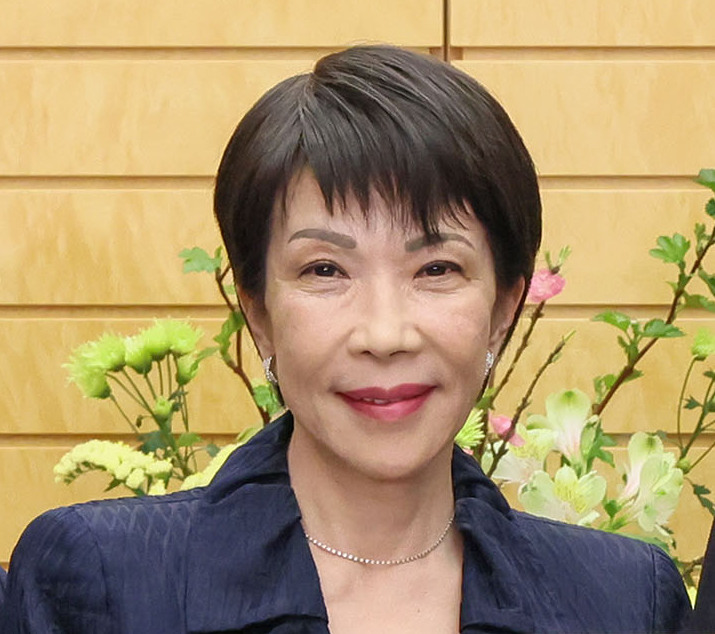Historic Breakthrough in Tokyo
On October 4, 2025, Japan’s ruling Liberal Democratic Party (LDP) elected Sanae Takaichi as its new leader, paving the way for her expected confirmation as Japan’s first female prime minister.
Takaichi, 64, defeated Agriculture Minister Shinjirō Koizumi in a runoff vote within the party. With the LDP holding the largest bloc of seats in the lower house, her election as party head makes her the overwhelming favorite to replace outgoing Prime Minister Shigeru Ishiba.
Takaichi’s Political Profile
A long-time figure in conservative circles, Takaichi has held various posts over her career:
- She served as Minister of State for Economic Security under the Kishida administration.
- Earlier, she was Minister of Internal Affairs and Communications during Shinzo Abe’s tenure.
- A protege of former prime minister Abe, Takaichi is known for her conservative positions on constitutional reform, national security, and visitation of the controversial Yasukuni Shrine.
- In the 2025 LDP leadership contest, she led in both rounds: in the initial vote she drew ~31.07% support and then in the runoff she secured 54.25% over Koizumi’s 45.75%.
Her ideological mix includes strong national defense advocacy, fiscal stimulus proposals (especially for sectors like energy, AI, and semiconductors), and cautious views on immigration and social reform.
Challenges Ahead
Though her path to power is clear, Takaichi faces several key hurdles:
- Parliamentary confirmation: While the LDP leads the lower house, it does not control the upper house outright. She needs support across party lines to secure the prime minister post, likely during the Diet session around October 15.
- Restoring the LDP’s standing: Under Ishiba, the party suffered setbacks in recent elections and controversies over funding scandals. Takaichi must rebuild voter trust and party cohesion.
- Economic pressures: Japan is grappling with high public debt, inflation, and sluggish growth. Her “crisis management” spending proposals will test her ability to balance stimulus and fiscal discipline.
- Regional diplomacy risks: Takaichi’s hawkish positions toward China and alignment with Taiwan could strain Japan’s regional relationships, particularly with China and South Korea.
- Gender expectations: Her leadership will be watched closely in a country where women remain underrepresented in politics. Critics note that despite her historic position, she has opposed certain gender equality reforms (e.g. dual surnames for married couples) in the past.











